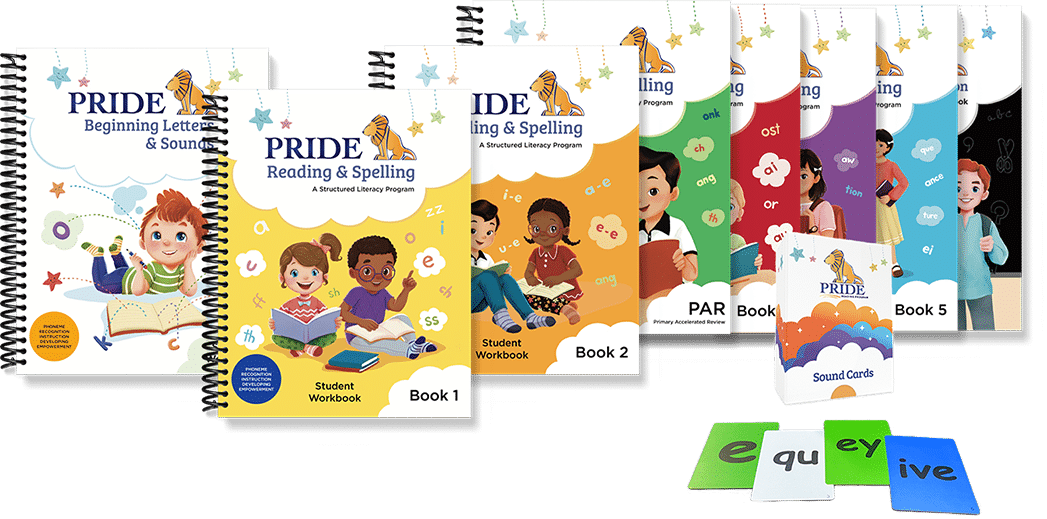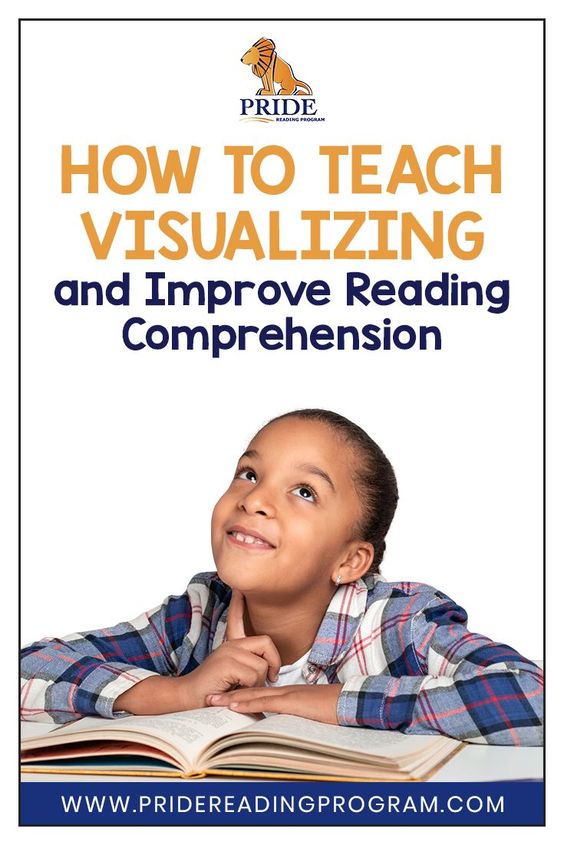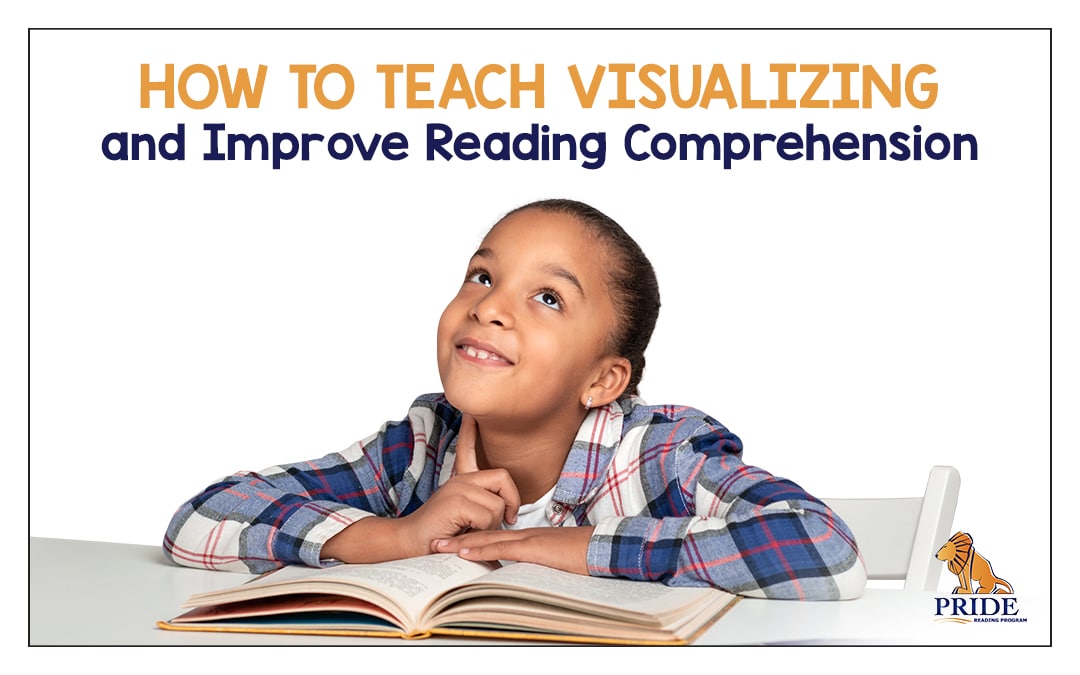There are so many skills that go into learning to read, but they all point to one ultimate goal: comprehension. The good news is, that a student does not have to be a fluent reader in order to start learning good comprehension strategies. The ever-better news is that there is a huge body of research on the best practices for teaching reading comprehension, including this blog’s topic: how to teach visualizing
This is the third entry in our comprehension series. Click here to read our first and second posts.
What is Visualizing in Reading Comprehension?
Visualizing is a Reading Comprehension strategy in which students create pictures in their minds as they are reading through a story or text. Creating these mental pictures helps the student receive a deeper understanding of the story or text which targets the long-term memory.
By the time we reach adulthood, visualizing is second nature. People visualize all the time. Ever think about the best way to drive from Point A to Point B? Daydream about a much-needed vacation? Do you get thrown off when the movie version of a character you love doesn’t match up with how you pictured them while reading the book? Then you’re a visualizing pro!
This is why multiple studies show that making pictures in our minds as we read improves comprehension. Our brains don’t just think in language; a large amount of our thoughts are visual. Being able to create a “movie version” of the text you read, while you’re reading it, makes understanding what’s going on so much easier. It also makes reading more interesting and engaging, and helps you make better predictions.
Perhaps most importantly, good visualizing becomes a form of checking for comprehension. Students quickly learn that if they’re having trouble picturing what’s going on in the text they’re reading, it’s time to go back and re-read a portion of the text while paying closer attention.
How to Teach Visualizing Before Reading
The Category Game
Scattergories is a great game for helping with visualization, and you can easily make your own version at home. It’s quick, inexpensive, and you can increase or decrease the difficulty of the game depending on your student. Here’s how:
- Draw a grid on the whiteboard or a piece of paper.
- Write some categories (ex: plants, songs, cars, grocery items, etc.) down one side of the grid and write alphabet letters across the top. It doesn’t need to be the whole alphabet. The goal is to try to think up a word for each letter and category.
- How to make it simpler: have your student think of as many words that fit into the category as they can without worrying about the beginning letter
- How to make it harder: give the student fewer letter options, or even just one letter, that all the words in the category have to start with. For example, you may pick grocery items that start with the letter b.
- Optional: Time the student to make it more competitive.
Multisensory Visualizing
Depending on your student’s writing and spelling skills, it may be more fun and effective to have your student play a multi-sensory version of the Category Game. In this version, students don’t need to write down the words they think of but instead do an action while they think of a word that fits the category.
- Bounce a ball: Have the student bounce the ball rhythmically and think of a word every few bounces. You can also bounce the ball back and forth to make the game more competitive.
- Clapping and Tapping: create a rhythm by clapping hands, tapping your lap, or a combination of both in a pattern (for example clap clap tap tap). The student comes up with words that fit in the category to the rhythm of the clapping and tapping.
Check out our video to see what the game looks like. You’ll find more great category ideas in the description:
How to Teach Visualizing During Reading
Draw What’s on Your Mind
Starting off small when visualizing is a great way to help students build their skills. This drawing activity is great for students who could doodle for hours but don’t enjoy writing.
- Give your student a simple noun with no description, for example, a flower. Then ask them to picture the flower and say, “Draw what’s in your mind.”
- Add descriptive details to help students practice more complex visualizing. For example, you could say, “I’m thinking of a crazy sunflower that’s as tall as a tree and has purple leaves.” Then ask them to picture it and say, “Draw what’s in your mind.”
- You can work up to reading descriptions of settings, characters, and events from books out loud and have students draw what they’re visualizing.
- You can take breaks during reading to make quick drawings of what’s going on in their mind. This is a great way to encourage visualizing to self-check for comprehension while reading!
Model Visualizing
As with so many reading skills, students benefit from lots and lots of modeling when it comes to visualizing. Here’s an easy, step-by-step process for modeling visualizing with your student.
- Choose a text to read aloud that doesn’t have pictures, or has the pictures removed.
- Pause reading after a passage that contains good descriptive information and share with your student what you’re picturing. Then point out the details that helped you “paint” your mental picture.
- Continue reading aloud, and pause after another descriptive part. Explain what you’re visualizing and why, then ask your student to share what the mental picture they’ve painted looks like. Point out how even though they’re different in some ways, they’re similar in their important details.
Great Books for Visualizing Practice
For teaching visualizing during read-aloud time, try out these books! You may already have one in your home or classroom library:
tell Stories Orally
Teaching Visualizing Is Just One Part of Comprehension Instruction
Visualizing is a critical skill in reading comprehension. However, any fluent reader knows there is much more to comprehension than just being able to make a mental picture while reading. That’s why we’ve chosen to create a four-part blog series and a webinar on how to teach some of the most important comprehension skills. Check out our Reading Comprehension webinar below!
Whether your students are just starting to read, struggling to read, or are great at reading but never seem to do as well as they could on comprehension tests, these teaching tips, fun games, reading activities, and videos will help you help your student strengthen their comprehension abilities as they work to develop their other reading skills.
Did you know that PRIDE Reading Program offers a Workbook just for reading comprehension? It’s designed for students in the Purple or Blue books who could use extra support with sequencing, predicting, visualizing, and inferencing. It’s also a great option for students who are on grade level with reading but seem to have trouble remembering or discussing what they just read.


PRIDE Reading Program is a multisensory Orton-Gillingham reading, writing, and comprehension curriculum that is available worldwide for parents, tutors, teachers, and homeschoolers of struggling readers. The PRIDE curriculum uses research-based best practices to work for students of all ages and various learning modalities, and works for students with numerous learning differences and employs differentiated teaching practices. To learn more, email us at info@pridereadingprogram.com or visit the website at www.pridereadingprogram.com

